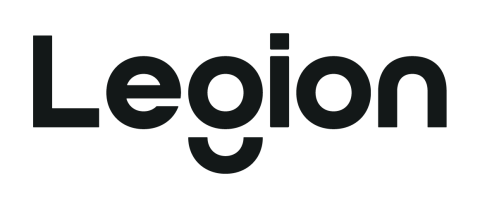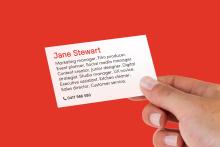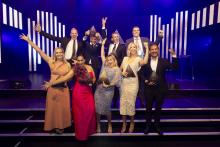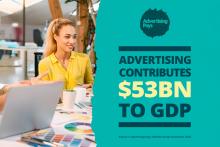
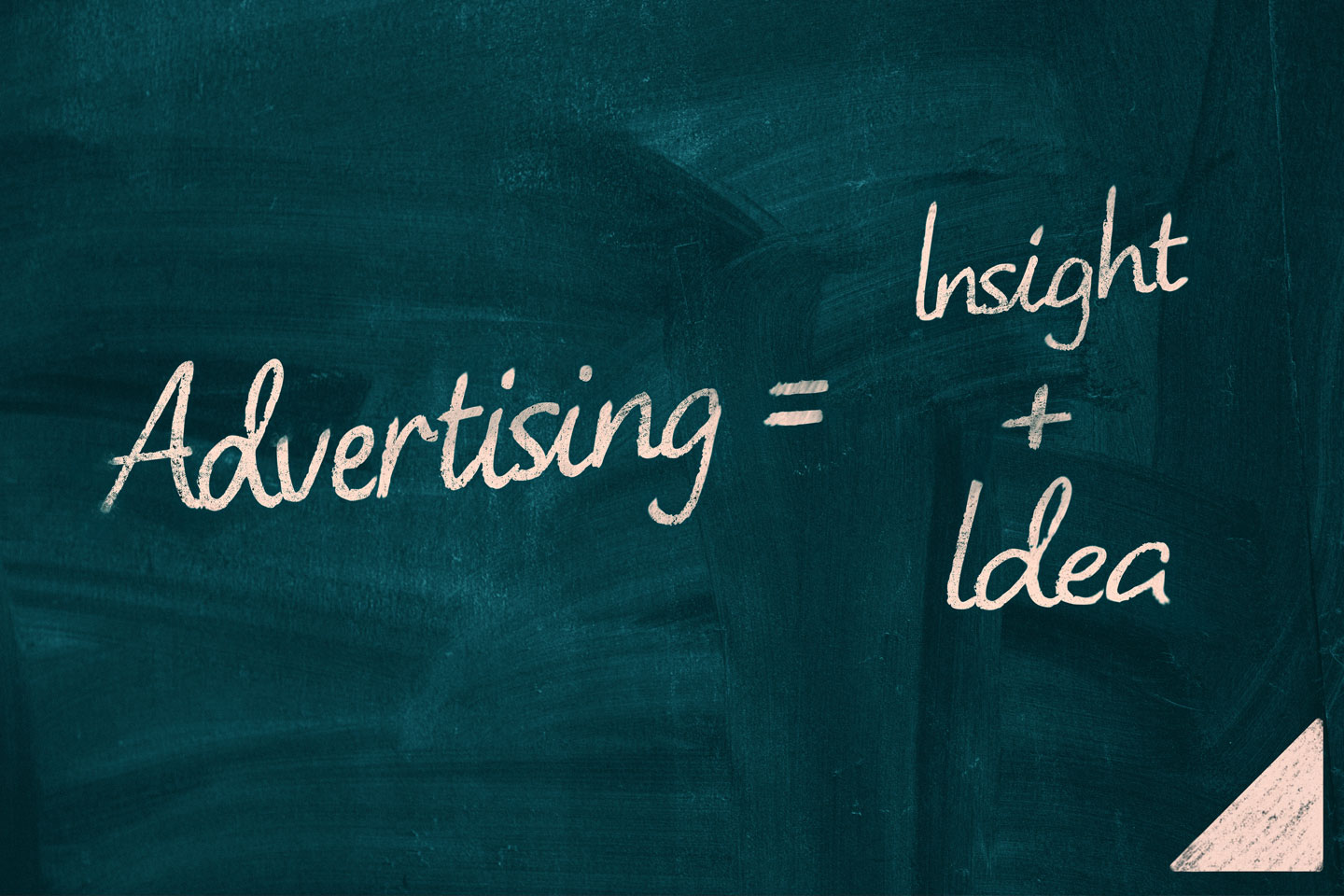
Once, a child's world was only as far as they could see. For eons, their awareness only stretched as far as the stories overheard on a parent's knee. Technological advances meant that the adult generations of today broadened their minds through an influx of new (now traditional) media. But a transistor radio, the ABC news bulletin and MTV only allowed for so much growth. A child’s awareness of the big wide world still obliged a slow, considered moulding of young minds through the school system that remained largely unchanged from its traditional roots.
Those days are over. Today, a 12-year-old with an internet connection has likely been exposed to as much information in their lifetime as someone born in 1930 encountered over several decades. They know crypto markets, are native to technologies that were alien to the generations before them and can explain geopolitics through the Dadaistic lens of meme formats that emerge overnight. Their exposure to the untapped torrent of information that they were born into has meant that they are discovering concepts and shaping their views far earlier than ever before. Critical thinking skills are developing sooner, they question their world more and every piece of information they inhale helps build their awareness of the impossibly large world beyond their consciousness.
It's developed a sense of agency that’s unprecedented. So has the education sector kept up? The short answer is no, but that’s typical of the historical precedent. In the scheme of things, the education sector does a remarkable job of adapting to the world around it, albeit at a slower pace than its pupils discover it.
However, a gap has emerged in what parents and students are looking for and what is being advertised to them. While the rest of the world moves forward, education advertising sticks stubbornly to decades-old tropes. Culturally diverse pre-teens dressed in crisp blazers and shiny shoes walking through the quad wearing impossibly wide smiles. The all-too-familiar platitudes: “Unlocking Potential”, “Preparing Tomorrow’s Leaders”, “Excellence in Everything”. The old ways are as pervasive as they are ineffective.
Besides the all-too-common lack of an effective insight or idea, the reason current education advertising falls flat is because the messaging is aimed rigidly at the parents. It doesn’t account for the newfound agency of the internet generation. To assume they are too young or inexperienced to have input into their education is to underestimate them. Underestimating an emerging generation is not exactly a precedent that history supports.
As a creative agency with several clients in the education space and decades of collective experience across its multiple sectors, Moonsail has runs on the board when tackling this new dilemma. Like with any creative challenge, it required a change in perspective. In the vast majority of educational spaces, counter-intuitive thinking isn’t the norm, put aside in favour of tried and tested methods. In the world of advertising however, being counter-intuitive is the key to unlocking the key human insights that drive great messaging. In this case, the solution is to appeal to the prospective students instead of the parents. Knowing what we know about the growing autonomy of the aptly named “Zoomers”, the problem presents the solution: “If students are gaining agency earlier in life, then why is education advertising not aimed at them?”.
The philosophy of thinking behind this insight is what drives great ideas and is a core tenet of what Moonsail does. It’s not an industry secret either. The “Insight + Idea” formula has been around for decades and is the framework for some of the greatest creative agencies in the world.
It begs the question: If a better way of doing things exists, then why does the education sector fail to embrace it, favouring tropes that are only becoming more ineffective? Shouldn’t the industry that trumpets its ability to “unlock potential” and “inspire innovation” embrace the same sentiments in its advertising?
Across all of its work, Moonsail works hard to “debunk the default”. The “default” exists in every industry. It’s the rusted-on expectations and complacency bred by what has come before. We don’t need a wizened oracle bent over a crystal ball to tell us that the “default” doesn't apply anymore. It’s a reality that educators are grappling with every new enrolment season as they encounter a new breed of student.
The institutions that come out on top will have a common theme in their advertising; they debunked the default. They will harness a powerful insight to create an idea that will define them and pay dividends well into the future.
They will stop thinking like educators and start thinking like advertisers.




